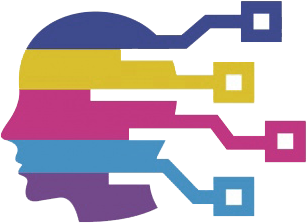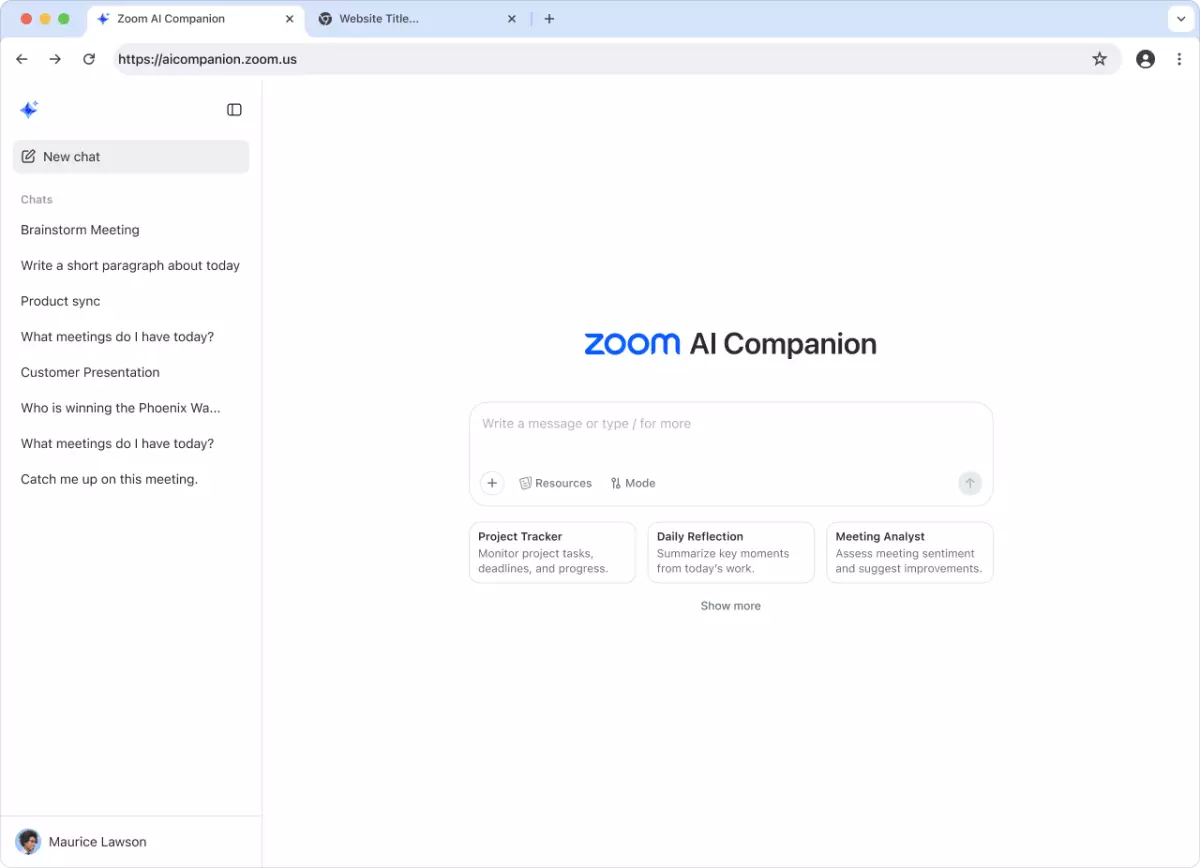In an era defined by remote work and digital connectivity, Zoom’s latest advancements signal a bold leap toward smarter, more integrated virtual collaboration. The company’s new product suite unveils an ambitious vision: transform every meeting—whether online or in person—into a seamless, intelligent experience. By integrating AI across multiple platforms, Zoom is positioning itself not merely as a video conferencing tool but as an essential hub of productivity innovation. This strategic pivot is driven by a clear understanding: to stay relevant, Zoom must evolve beyond its core functionalities and embrace the power of artificial intelligence to enhance user engagement, streamline workflows, and redefine what it means to collaborate remotely.
This overhaul isn’t just about adding new features; it’s about fundamentally reimagining how meetings are conducted. The introduction of cross-platform AI companions, capable of working across Zoom, Microsoft Teams, and Google Meet, demonstrates a recognition that users demand flexibility. It’s a recognition that workflows should be fluid, with AI facilitating not only real-time transcription and note-taking but also offering contextually relevant insights and action items. The emphasis on AI-powered scheduling, note expansion, and search capabilities signifies a shift towards proactive assistance that anticipates user needs before they even articulate them.
Personalization and Presence in the Digital Age
One of Zoom’s most intriguing innovations is the deployment of photorealistic avatars capable of mimicking user expressions and gestures. This development signifies a desire to humanize digital interactions at a time when screen fatigue and impersonality threaten to detract from authentic connection. These avatars serve as a solution for those who may not feel “camera-ready” or are dealing with bandwidth constraints, ensuring participation remains visual and engaging without the stress of actual appearance.
However, the deployment of avatars also raises significant ethical and security concerns. The potential for misuse, such as deepfake impersonations or deception, cannot be ignored. As companies race to adopt these immersive features, organizations must be vigilant, implementing safeguards to prevent misuse while balancing the desire for enhanced personalization. The challenge lies in leveraging this technology responsibly while fostering genuine human connection in virtual environments.
From Productivity to Creativity: Expanding the AI Toolkit
Zoom isn’t merely stopping at optimizing meetings; it’s expanding into creative and strategic realms through AI. The integration of tools like Zoom Clips makes asynchronous communication more effective, enabling teams to revisit key moments, share highlights, and maintain continuity across different time zones. Meanwhile, the ability to generate automated emails and draft documents with AI assistants hints at a future where routine tasks are delegated to intelligent agents, freeing users to focus on high-value activities.
Moreover, featuring proactive suggestions for agenda items and tasks indicates that Zoom envisions a future where meetings are more purposeful and outcome-driven. The AI will not only organize schedules but also suggest what needs to be discussed, ensuring attendance is meaningful and objectives are met. Such innovations could drastically reduce meeting fatigue and increase productivity, provided users can effectively harness this power without feeling overwhelmed by automation.
The Broader Implications and Challenges
These advancements, impressive as they are, come with their fair share of challenges. The proliferation of AI in meetings introduces risks of privacy breaches, data misuse, and deepfake impersonations. As the technology becomes increasingly sophisticated, so does the potential for malicious exploitation. Companies and users must grapple with questions about consent, authenticity, and security, ensuring that these tools serve positive ends rather than becoming tools for deception.
Furthermore, as Zoom enhances its platform’s capabilities, it faces competition from agile startups specializing in niche productivity tools and AI-driven collaboration solutions. Zoom’s success hinges on its ability to seamlessly integrate these features into a user-friendly interface without overwhelming users. The release of an upgraded web interface and customizable AI agents exemplifies an effort to make these advanced tools accessible rather than intimidating.
In essence, Zoom’s AI-driven transformation is a double-edged sword, offering unprecedented efficiencies while demanding careful ethical stewardship. Its future success will depend not just on technological innovation but on the company’s ability to balance progress with responsibility, creating a collaborative environment that is both powerful and trustworthy.

